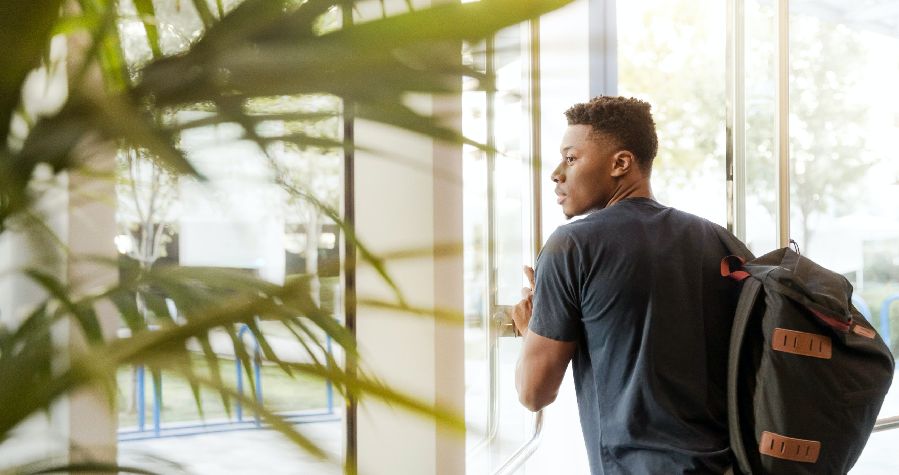In the quest to adapt to the challenges posed by an increasingly digital world, many educational institutions have been forced to rethink their teaching methods.
Among the most successful and promising options, we find the hybrid education system, a solution that combines the best of online and in-person learning.
In this article, we will explore the benefits of this approach and analyze an implementation case, providing essential guidance for the success of vocational formation in these changing times.
Benefits of the hybrid education system:
Flexibility and accessibility:
The hybrid education system gives students the flexibility to choose between attending face-to-face classes or participating online.
This flexibility translates into greater accessibility for those facing time or distance constraints.
Students are free to join the class from anywhere, without compromising the quality of education.
Interaction between students and teachers:
The integration of cameras and microphones in the classroom allows online and classroom students to interact effectively.
They can collaborate on exercises, ask questions to the teacher in real time and participate in group discussions, thus fostering an enriching and collaborative learning environment.
In a hybrid system, classes have screens so that everyone can see what the teacher shares and, also, so that students who are in the classroom in person can see their peers online.
In addition to the microphones permanently installed in the classroom to capture ambient sound in a general way, the system should ideally have a dedicated microphone for the teacher and at least one more microphone, which will be shared among the students during the exercises.
This is the system that has been developed and perfected in Barcelona by the language school Bcnlip during the COVID-19 pandemic.
Not only did this innovation allowed the school to survive during those difficult times, but it also allowed us to thrive during the COVID-19 pandemic
explains Sofía Pariente Buzón, director of Bcnlip.
Below you can see in a video produced by the school how their hybrid class system works.
Personalized Learning:
Students in a hybrid system can access a variety of online resources, including classroom recordings, study materials, and additional exercises.
This allows them to review the content according to their specific needs, which favors a more personalized educational experience.
Adaptation to changes and emergencies:
Compared to a 100% classroom system, the hybrid system proves highly adaptable to unexpected situations, such as emergencies or changes in health conditions.
During the COVID-19 pandemic, for example, Bcnlip was able to maintain the continuity of its classes without significant interruptions thanks to this modality.
While face-to-face classes were not available, all were kept in the online format and, as restrictions were eased, students were able to return to face-to-face classes – and those who needed more time to get back to it were able to go on telematically without losing classes or having to switch to other groups.
In addition, this flexibility also opens the door to future technological adaptations and educational advances.
A valuable tool
In conclusion, the hybrid education system has become a valuable tool for educational institutions, especially in the field of vocational training.
Its flexibility, real-time interaction and adaptability make it an ideal choice to face the challenges of a world where, with climate change, innovation becomes increasingly necessary due to issues such as energy, environmental pollution and health emergencies.
The success story of Bcnlip, the same one adopted by IBP Barcelona – International Business Programs, demonstrates how this approach can not only help to survive, but also to prosper in difficult times.
By adopting the hybrid education system, educational institutions can ensure quality learning and give students the opportunity to develop in a modern and flexible educational environment.



